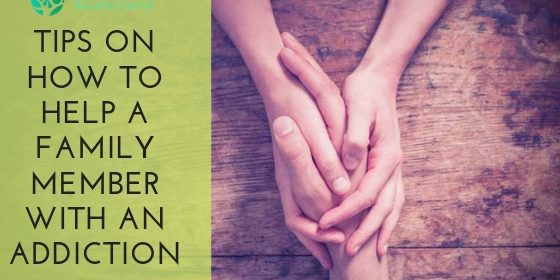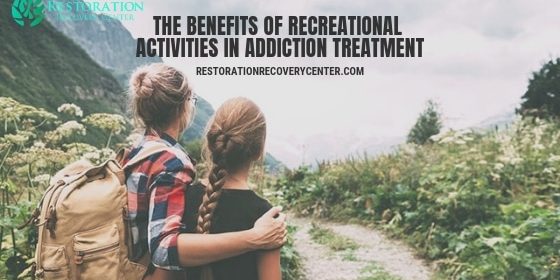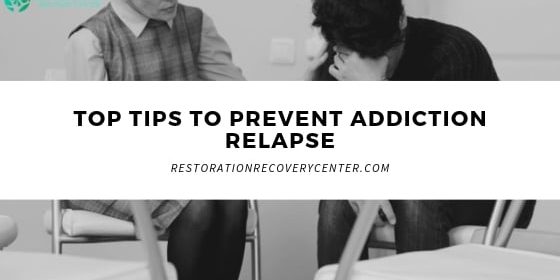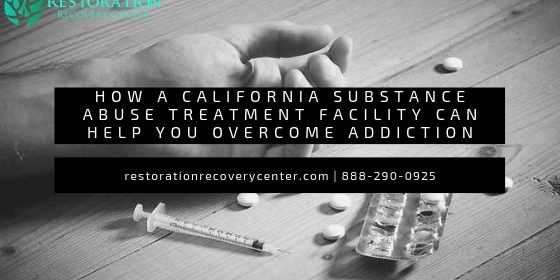How to Transition From Treatment to Recovery
Transitioning from treatment to recovery can be difficult for several reasons. First, the treatment center provides structure and support that may be hard to find in the real world. There are typically set times for meals, therapy, and activities and a support system with staff available to help when needed. In post-treatment, however, people must fend for themselves—and create their own structure and plans. This can be incredibly challenging for those who have co-occurring mental health issues and struggle with self-regulation.
Planning Is Critical
The great thing about treatment is the easy access to resources. Counselors and therapists can help individuals prepare for “life on the outside” by putting things in place before they leave. Initially, the main concern is getting basic needs met. These needs include:
- Housing: It is essential to decide where you will live and which type of housing arrangement will be the best support for your journey. For some people, this may mean returning to their previous home. However, this may not be an option for others as there may be triggers associated with the home, such as people or places, that could lead to a relapse. In these cases, it is important to find safe and sober housing. Many options are available, including sober living homes, halfway houses, and recovery residences. Each of these has its own set of rules and regulations designed to promote recovery.
- Food: There are a few different ways to approach this. One option is to join a sober living community that provides meals as part of the program. This can take some of the stress out of meal planning and provide structure. Another option is to connect with a local organization that provides meals for people in recovery. This can be a great way to get involved in the recovery community and make sure you always have access to healthy food.
- Employment: Decide what kind of job you want and make a list of potential employers. Then, start networking. Talk to friends, family, and professionals in your field to see if they know of any openings, and don’t be afraid to ask for help.
- Health Insurance: Insurance coverage for treatment generally ends after a certain period, leaving people without access to the care they need and making it more challenging to stay on track with their recovery. Apply for state insurance through your county right away.
Know Your Triggers
You must be aware of your triggers when transitioning from treatment to recovery. A trigger is any person, place, thing, or situation that can cause you to resume substance use. For some people in recovery, triggers may be obvious, such as hanging out with old friends who still use drugs or going to bars. For others, they may be more subtle and harder to identify. It is essential to be attuned to both the external and internal cues. External triggers are things in the environment that can lead to cravings and relapse, while internal triggers are thoughts, emotions, or physical sensations that can do the same.
Knowing your triggers is essential for staying sober because it gives you the power to avoid or manage them. For example, if you know that certain people or places trigger your cravings, you can choose to avoid them. If you know that stressful situations trigger your cravings, you can develop coping mechanisms in advance. The more aware you are of your triggers, the more control you will have over your recovery.
Find a Support System
A crucial key element is having a solid support system to rely on. This could be friends, family, or a sober community. Additionally, identifying certain behaviors or triggers that could lead to a setback is vital to avoid them. Finally, it is essential to have an outlet to express how you’re feeling, whether going to therapy or utilizing a journal.
Engaging in healthy coping mechanisms can help prevent using substances to self-medicate. Some examples of things people in recovery can do are working out, practicing meditation, and spending time in nature. When all of these elements come together, it creates a much higher chance for success in recovery.
A Note On Schedules
Research shows that a daily schedule is integral to recovery from substance use disorders. A daily schedule gives structure to the day and helps to prevent boredom and isolation, which can lead to relapse. It also helps to foster a sense of responsibility and self-discipline.
A consistent schedule can provide a sense of accomplishment and purpose. Having a routine resets the nervous system and lowers cortisol in the body. A schedule can help you to:
- Set priorities
- Identify long and short-term goals
- Make a plan to achieve those goals
- Break down tasks into manageable parts
- Stay on track
Creating and sticking to a daily routine is one of the most proactive things you can do in early recovery.
After completing a treatment program for SUD, it can be challenging to know how to make the transition to recovery, and it is essential to create a plan that will set you up for success. First, make sure you stay connected to your treatment team and continue attending therapy sessions. This will help you stay accountable. Next, developing a support system of family, friends, and mentors who will help you through this journey is critical. These people can provide emotional and practical support when you need it most and remind you that you are not alone. Finally, take care of yourself physically and emotionally. This means eating healthy, getting enough exercise, and taking time to rest when needed. Following these tips can set yourself up for a successful transition from treatment to recovery. For more information on successful transitions, call Restoration Recovery Center today at (888) 290-0925.






